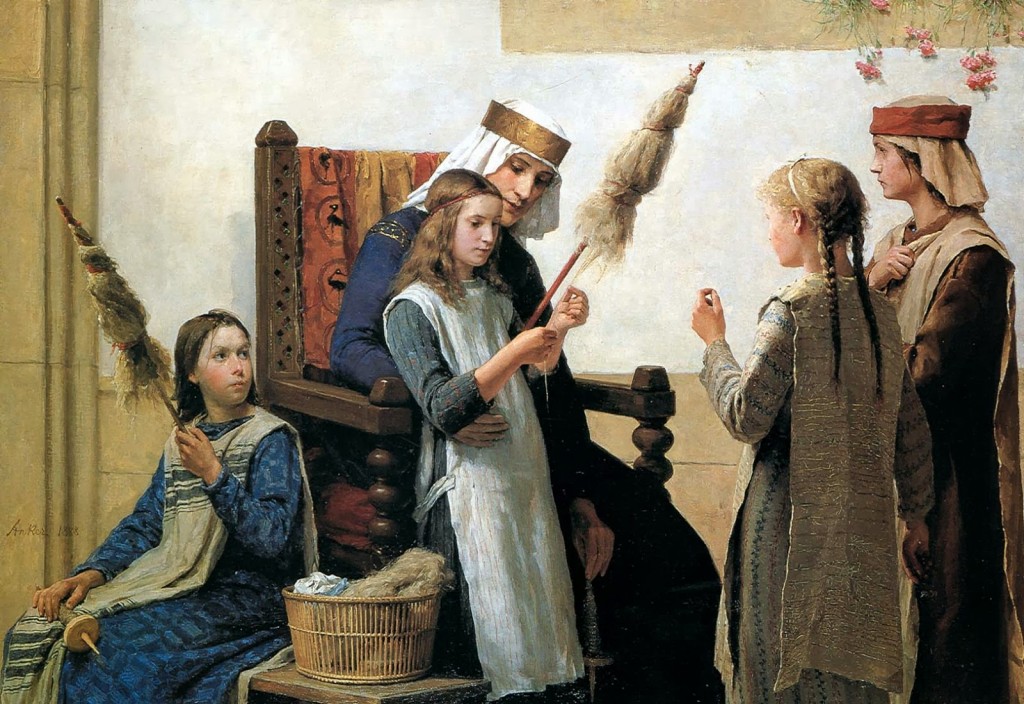There is a second driving force that serves as a counterbalance to the first lest it degenerate into dangerous fantasy. It comes from realizing that this land of exile is not all marvelousness; we must adjust ourselves to the world that exists. Hence, there is born in balanced souls a veritable enthusiasm for common sense that helps us deal with concrete reality. This practical driving force tempers the imagination and the inordinate search for novelties. It calls for a realistic evaluation of the practical elements at hand to construct the future.
Neither driving force excludes the other. Rather, each is inspired by the other. Only the harmonious union of both driving forces will produce that same higher vision and common sense that allowed the saints to resolve the most concrete problems with wisdom and meditate on the most sublime and lofty considerations with great humility.

James Paine the elder and his son James Paine the younger. They are examining architectural plans for Worksop Manor. Painting by Joshua Reynolds.
In this way, we avoid the two extremes of fantasy worlds and socialist “paradises.” Like the two wings of a bird, these two driving forces lifted Christian civilization to its greatest flight, keeping it in balance and functioning well. The key to authentic progress in history consists in keeping this delicate balance.
“Certain it is that the Church combined in an amazing degree the spiritual and temporal, the ideal and the practical,” writes James Westfall Thompson. “If its head was in heaven, it always kept its feet upon the ground.”*
* James Westfall Thompson, Economic and Social History of the Middle Ages: 300-1300 (New York: Frederick Ungar, 1959) 2:648.
John Horvat II, Return to Order: From a Frenzied Economy to an Organic Christian Society—Where We’ve Been, How We Got Here, and Where We Need To Go (York, Penn.: York Press, 2013), 327-8.














